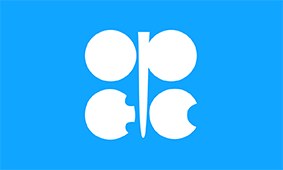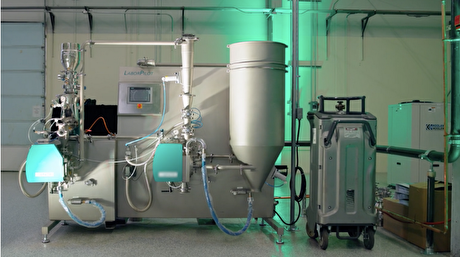
Non-Opec supply to exceed 5-year demand growth: Opec

Non-Opec crude supply will rise by 5.3mn b/d to 50.8mn b/d between this year and 2024, largely as US tight oil production continues to soar. Global demand will grow by 4.9mn b/d to 104.8mn b/d over the same period, with increases primarily from non-OECD countries and from the petrochemical sector.
US tight crude production will rise to 11.5mn b/d by 2024, from 7.9mn b/d in 2019, Opec said. Production continues to rise as drilling efficiency extracts more from each well and cuts costs. But rapid well output declines, infrastructure constraints and a flat or declining rig count means the US tight oil production growth rate will slow in the coming five years, Opec said.
Non-Opec liquids supply ? which includes crude, NGLs, biofuels, other liquids and refinery processing gains ? will rise by 7.8mn b/d to 72.2mn b/d in 2019-24. Growth will average 2.3mn b/d in 2019-2020, and at around 1.3mn b/d beyond that as US tight oil growth decelerates and the bulk of large new upstream projects given the green light today come online.
Total Opec liquids supply will decline by 2.2mn b/d to 32.8mn b/d over the same period, leaving overall supply around 500,000 b/d above demand in 2024.
Still, Opec said global annual upstream investment requirements of around $382bn are needed in 2019-24 to "meet projected demand increases, as well as to offset natural decline in oil fields". OECD countries will contribute around 72pc of this because of the larger volumetric contribution of barrels and higher development costs.
Opec sees global crude and condensate exports falling to 37.5mn b/d in 2025 from 38mn b/d in 2018, as crude consumption rises in some key oil-producing regions, particularly in the Middle East, the US and Canada.
Opec says oil will remain the largest contributor to the energy mix, at over 28pc by 2040. It accounted for over 31pc in 2018.


Gold price edges up as market awaits Fed minutes, Powell speech

Glencore trader who led ill-fated battery recycling push to exit

UBS lifts 2026 gold forecasts on US macro risks

Emirates Global Aluminium unit to exit Guinea after mine seized

Iron ore price dips on China blast furnace cuts, US trade restrictions

Roshel, Swebor partner to produce ballistic-grade steel in Canada

EverMetal launches US-based critical metals recycling platform

US hikes steel, aluminum tariffs on imported wind turbines, cranes, railcars

Afghanistan says China seeks its participation in Belt and Road Initiative

Barrick’s Reko Diq in line for $410M ADB backing

Gold price gains 1% as Powell gives dovish signal

Electra converts debt, launches $30M raise to jumpstart stalled cobalt refinery

Gold boom drives rising costs for Aussie producers

Vulcan Elements enters US rare earth magnet manufacturing race

Trump raises stakes over Resolution Copper project with BHP, Rio Tinto CEOs at White House

US seeks to stockpile cobalt for first time in decades

Trump weighs using $2 billion in CHIPS Act funding for critical minerals

Nevada army depot to serve as base for first US strategic minerals stockpile

Emirates Global Aluminium unit to exit Guinea after mine seized

Barrick’s Reko Diq in line for $410M ADB backing

Gold price gains 1% as Powell gives dovish signal

Electra converts debt, launches $30M raise to jumpstart stalled cobalt refinery

Gold boom drives rising costs for Aussie producers

Vulcan Elements enters US rare earth magnet manufacturing race

US seeks to stockpile cobalt for first time in decades

Trump weighs using $2 billion in CHIPS Act funding for critical minerals

Nevada army depot to serve as base for first US strategic minerals stockpile

Tailings could meet much of US critical mineral demand – study
















